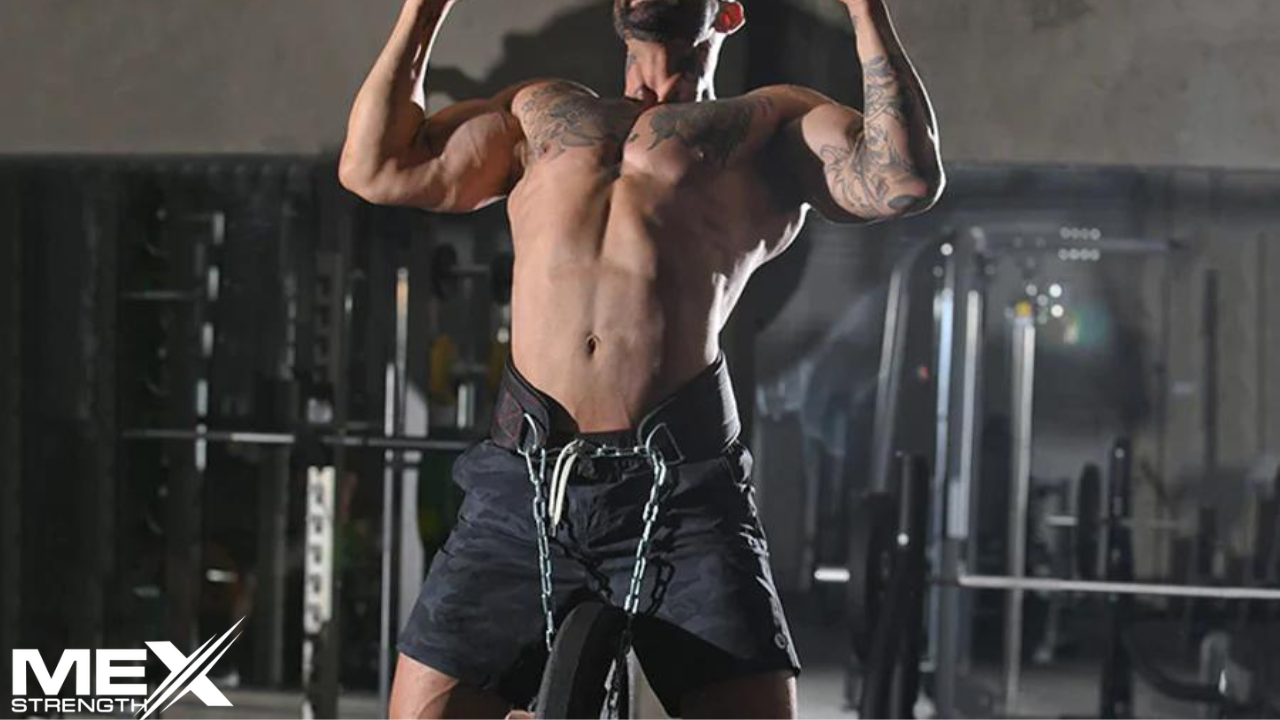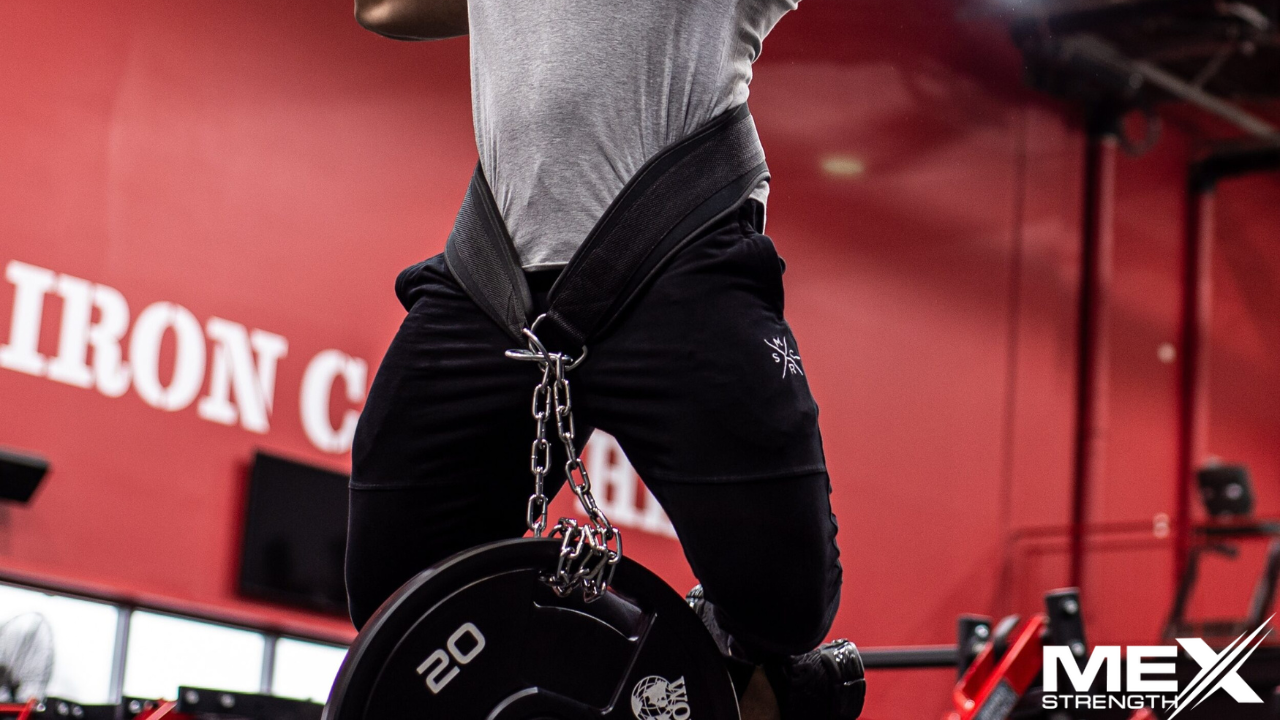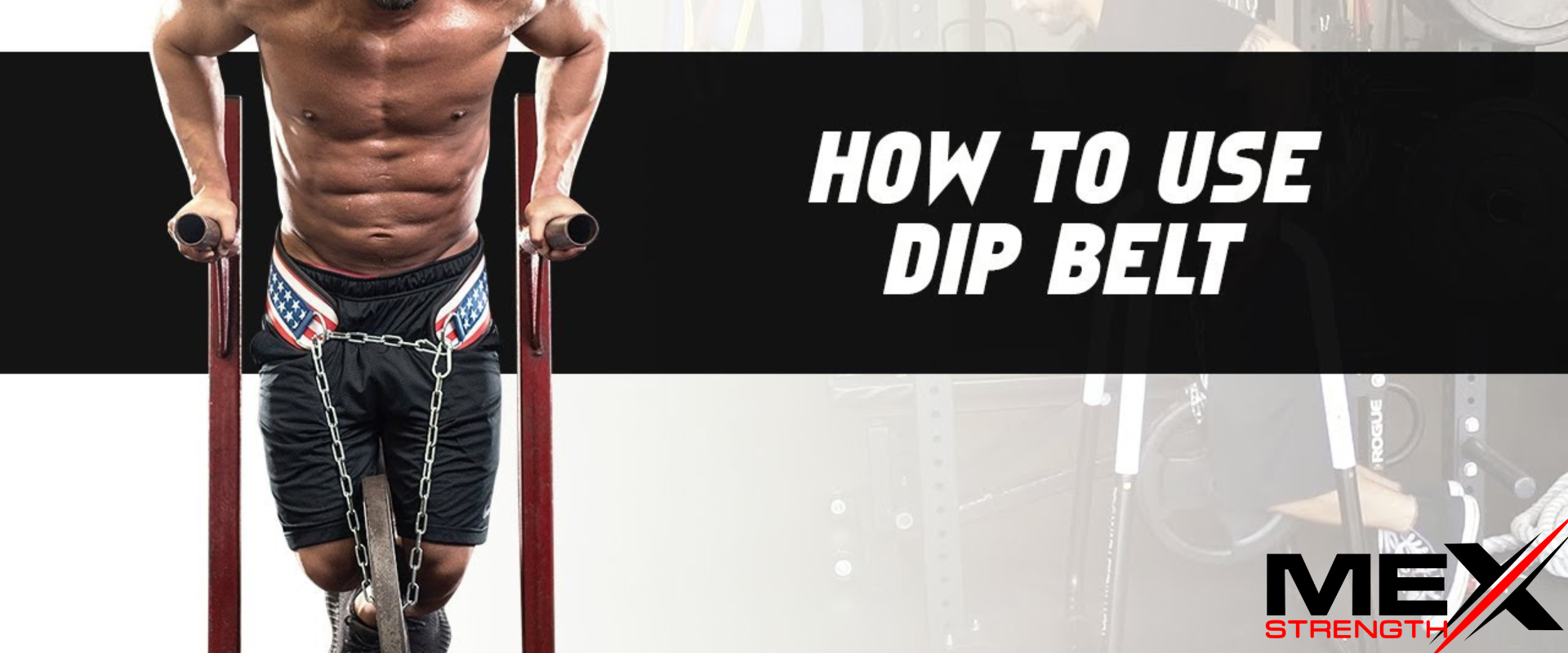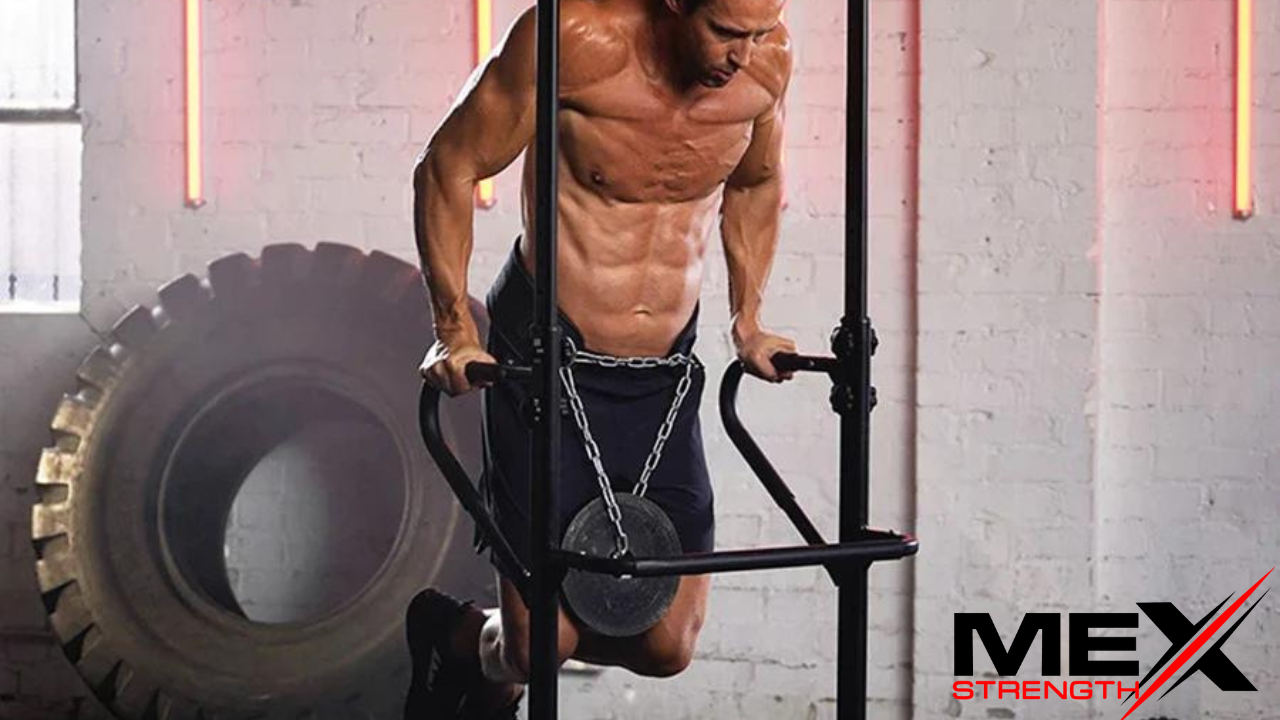What Are Dipping Belts?
Dipping belts are straps that athletes wear around their waist and hips, specifically designed to assist them in performing dips during their workouts. These belts can enhance overall fitness and strength, providing an effective means of physical activity even during a busy workday. By using a dipping belt, athletes can target and engage various muscle groups, such as the chest, triceps, and shoulders, while performing dip exercises, helping them achieve their fitness goals and improve their workout routine.
How Does It Work?
The dipping belt operates by securely fastening around the hips, allowing users to perform dips with added weight. By attaching the additional weight to the belt, users can increase the resistance and challenge of their dips, leading to improved strength and muscle development. As the belt pulls the hips downwards, it creates a counterbalancing effect, making the dips more challenging and engaging the core muscles for stability. This can result in enhanced performance, increased muscle activation, and improved core strength, helping athletes progress in their fitness journey and achieve their goals.
Design
The design of a dipping belt is intended to aid athletes in achieving their fitness goals. Typically, a dipping belt is composed of straps and weights that are attached to the body. The weights are suspended from the straps, which create resistance as the user performs dips, engaging their abdominal muscles.
By adding additional weight to the belt, users can increase the intensity of their dips, leading to greater muscle activation and strength development. The constant tension provided by the belt helps to keep the abdominal muscles engaged throughout the exercise, promoting muscle growth.
Dipping belts can be used at home or in a gym setting, but it’s important to consult with a healthcare professional before starting any new exercise program, especially if you have pre-existing medical conditions that may be exacerbated by physical activity. Safety should always be a priority in any fitness routine.
Sizes
Dipping belts come in various sizes to accommodate the needs of different athletes. The straps of the belt can be adjusted to achieve a proper fit around the waistline or hips. Additionally, users have the option to choose from different materials used in the construction of the belts, including plastic, steel wire rope, and rubber bands with Velcro fasteners (hooks). These different materials offer varying levels of durability, comfort, and resistance, allowing athletes to select a dipping belt that suits their preferences and workout requirements.
How To Use A Dipping Belt?
Here is a step-by-step guide on how to use a dipping belt effectively:

- Find a comfortable position for your body, whether it’s sitting down or lying down, to perform the exercise. Avoid straining yourself during this process.
- Put on the dipping belt around your waist and adjust it so that it fits snugly around your hips and thighs, approximately 1-2 inches above your knees. If you’re unsure about the proper fit, seek assistance from a gym coach or instructor.
- Once the belt is securely in place, pull up on the handles or straps to lock them in position. This will prevent them from falling off during your workout.
- Position your hands on the handles or straps by bending forward at the waist and resting your hands on top of them. This will help keep them in place as you start lifting weights.
- Begin your workout, by performing dips or other exercises as desired, while keeping the dipping belt securely fastened and maintaining proper form throughout the exercise.
It’s important to note that the weight attached to the dipping belt may pull on your legs as you bend over or raise them off the ground. Take care to ensure that the weight does not cause any harm to your legs or other body parts near the hanging weight. Proper positioning of the dipping belt and awareness of the weight distribution can help prevent any potential injuries.
If you experience discomfort or pain while using a dipping belt, stop the exercise and adjust the weight or positioning as needed to ensure your safety and well-being. Always prioritize proper form and technique during your workout to minimize the risk of injury. If you have any concerns or questions about using a dipping belt, seek guidance from a qualified fitness professional or instructor
Benefits Of Using Dipping Belts
The benefits of a dipping belt for workouts are many, Here are the benefits of using dipping belts for workouts:

- Improved fitness: Dipping belts are an effective way to enhance your fitness level. They can help increase your heart rate, provide a cardiovascular workout, and contribute to improved overall physical fitness.
- Increased metabolism: Dipping belts can help boost your metabolism by burning more calories compared to regular exercises. This can aid in weight loss and body toning efforts.
- Enhanced body tone: Using a dipping belt in your workout routine can help you tone your body and build muscle strength, particularly in the upper body, core, and lower body muscles.
- Improved balance and coordination: Dipping belts require stability and balance during exercises, such as lunges and squats, which can help improve your balance and coordination skills.
- Portability and convenience: Dipping belts are easy to use and portable, making them convenient for travel or home workouts. They can be easily transported and used in different exercise settings.
- Correct body positioning: Dipping belts help in maintaining proper body positioning during exercises, ensuring that your body remains aligned and your form is correct, which can enhance your overall workout performance.
- Versatility: Dipping belts can be used for various exercises, including squats, lunges, and crunches, making them versatile pieces of workout equipment that can be incorporated into different workout routines.
- Customization: Dipping belts come in various colors and sizes, allowing you to choose the one that fits your body comfortably and matches your style.
Tip: People who need access to weights or dumbbells but would like to build up upper body strength should use dip belts. They can also help you build your core muscles if you still need to get stronger.
Using a dipping belt in your workout routine can provide multiple benefits, including improved fitness, increased metabolism, enhanced body tone, improved balance and coordination, portability and convenience, correct body positioning, versatility, and customization options. However, it’s important to use dipping belts safely and properly, following appropriate guidelines and seeking guidance from a fitness professional if needed.
Summary
In summary, it’s important to wear the dipping belt tight enough to engage your abdominals during crunches and avoid over-reliance on hip flexors. Lowering to the bottom position and completing each repetition consistently can help stimulate maximum muscle contraction. For more details visit our website.



Leave a comment